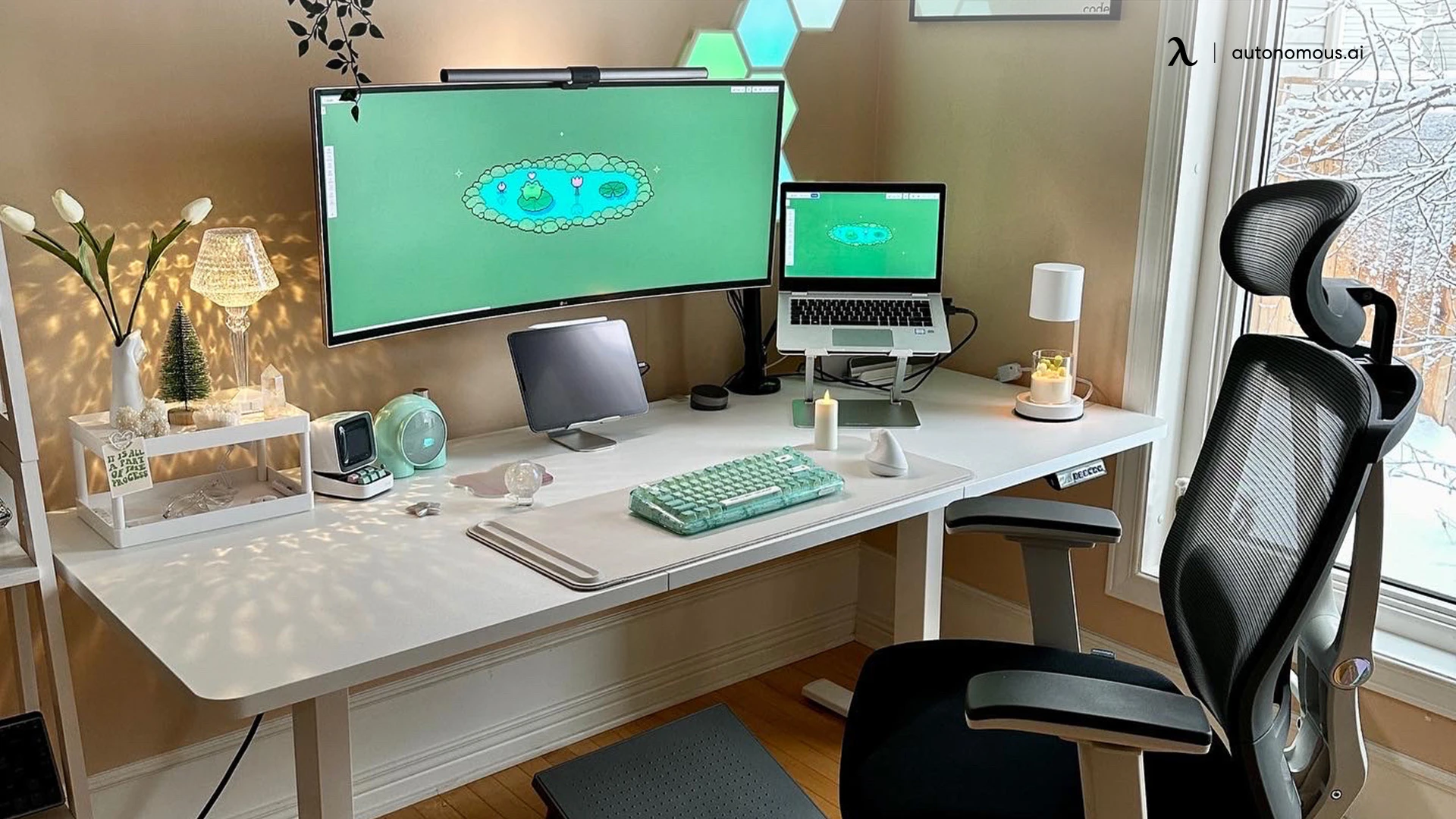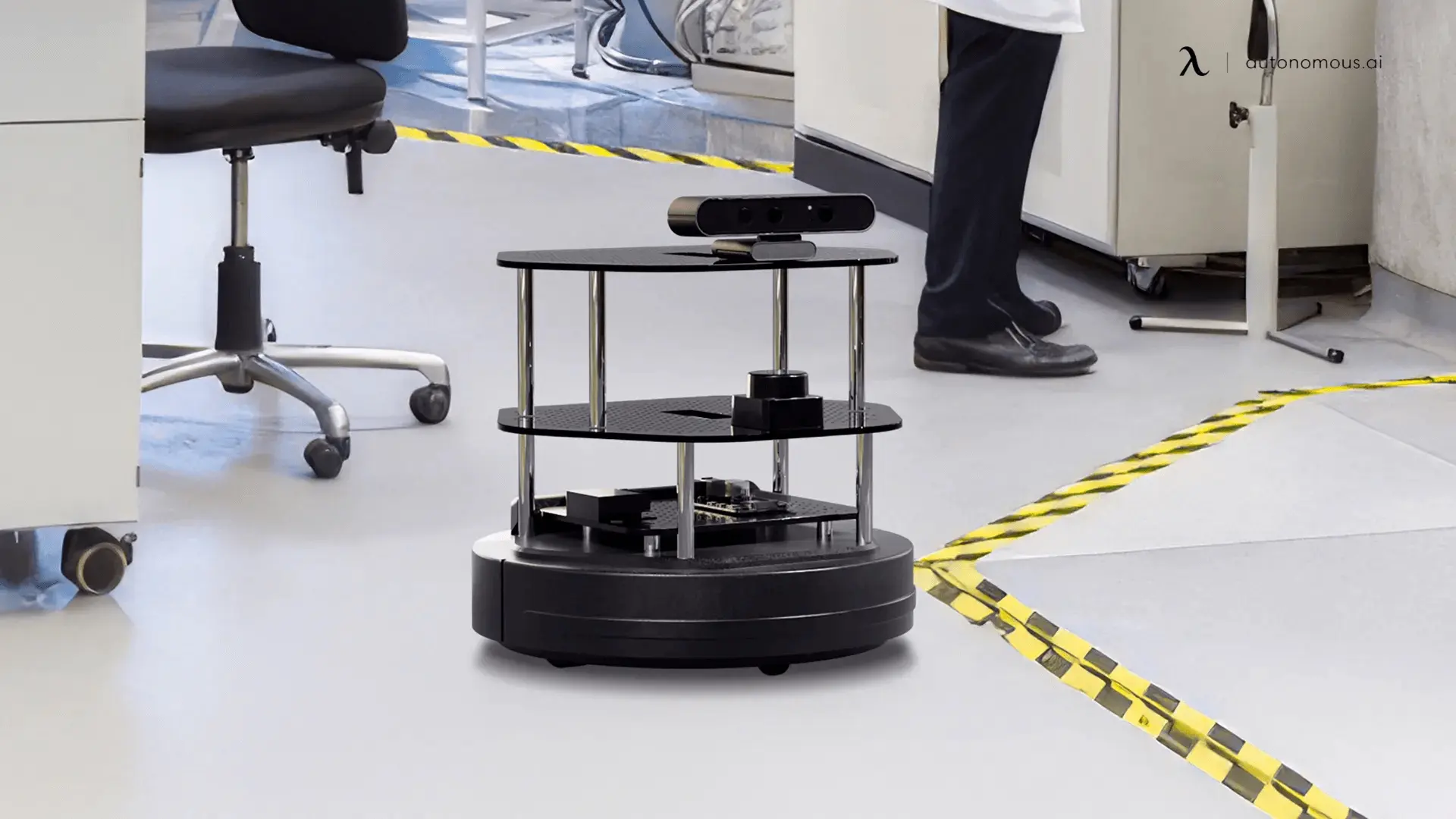- Newest
- Most viewed
Interested in a Link Placement?

Christmas Gift Quotes to Write on Cards, Tags & Messages
Find Christmas gift quotes for cards, tags, and messages-from cute and funny to romantic and thankful-plus gift-giving lines for friends, family, and more.
Latest Updates | Dec 4, 2025 720 views

15 Creative Christmas Gift Exchange Ideas for Work
Latest Updates | Dec 4, 2025 639 views
.webp)
25 Best Christmas Gifts Under $30 They’ll Actually Use
Latest Updates | Dec 3, 2025 841 views
.webp)
15 Christmas Gifts Under $50 That Feel Like a Big Deal
Latest Updates | Dec 3, 2025 576 views

15 Christmas Gifts Under $25 We’d Happily Give Anyone
Latest Updates | Dec 2, 2025 972 views

How to Play the Christmas Gift Exchange Game With Dice
Latest Updates | Dec 2, 2025 301 views

After Christmas Furniture Sales 2025: Save On Top Deals
Latest Updates | Dec 1, 2025 521 views

Robotics Beyond the Textbook: Empowering STEM Education with Sim-to-real
Latest Updates | Dec 1, 2025 438 views

Autonomous Desk 2 vs Desk 5: Which Should You Choose?
Smart Products | Nov 27, 2025 569 views

Best Family Christmas Gift Ideas 2025 Everyone Will Love
Latest Updates | Nov 26, 2025 667 views

Christmas Gift Rules: Simple Systems That Work in 2025
Latest Updates | Nov 26, 2025 219 views

15 Best Fitness Gifts to Crush Health Goals This Christmas
Latest Updates | Nov 26, 2025 560 views
.svg)
